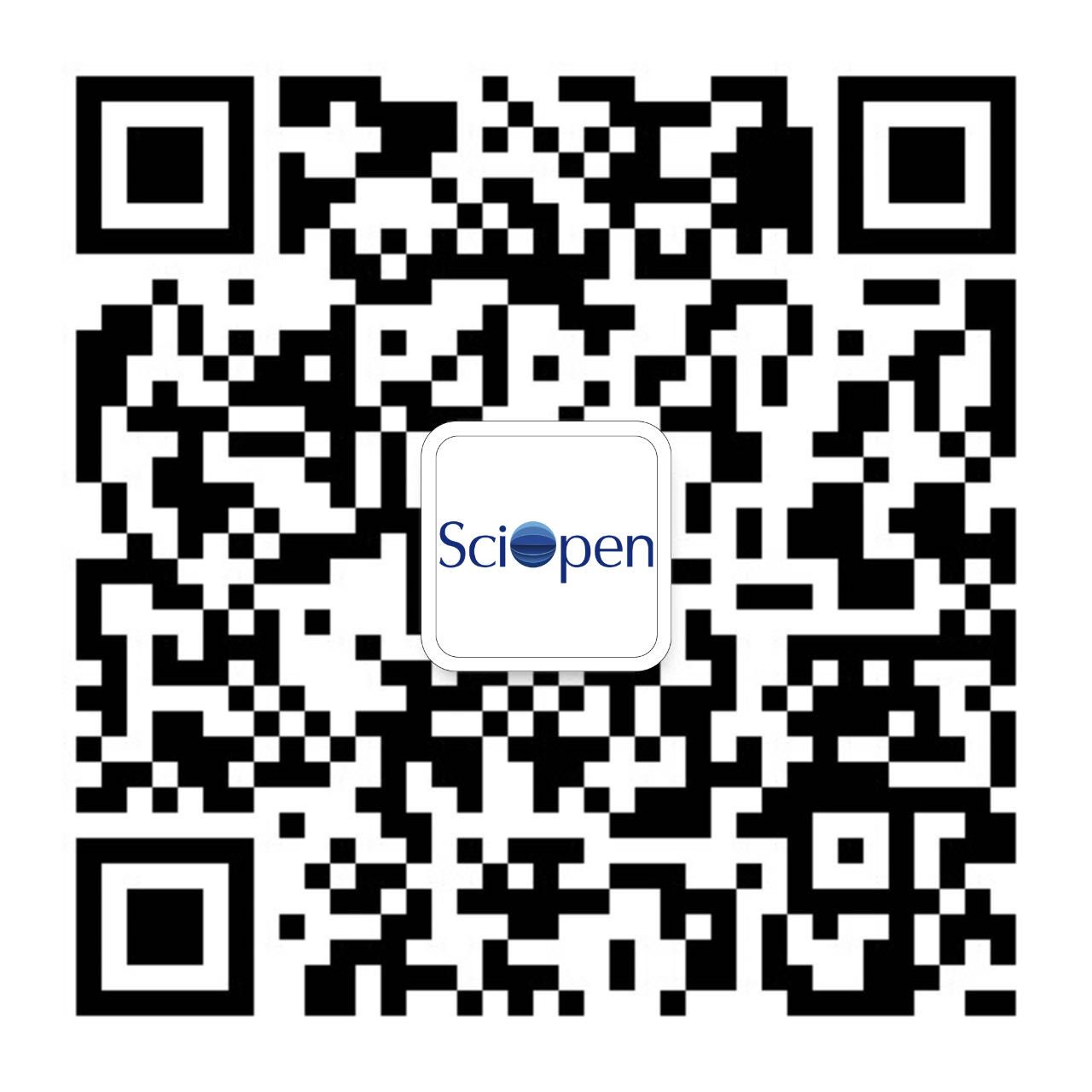Research on Medical Image Classification Based on Improved FedAvg Algorithm
Abstract
Federated learning (FL) technology has significant advantages in solving data silos and user privacy problems, but the traditional federal average (FedAvg) algorithm is ineffective in classifying and faces the risk of refactoring attacks when dealing with non-independent and identically distributed (Non-IID) data, which is especially prominent since medical data involves sensitive personal health information. Therefore, optimizing FedAvg to adapt to Non-IID data distribution and enhancing privacy protection are urgent problems that need to be solved, and this paper investigates these two aspects. In order to enhance the classification performance of FedAvg under Non-IID distribution, this paper combines the optimized deep learning model SE-ResNet18-E with FedAvg to obtain the FedAvg(SE-ResNet18-E) algorithm. The algorithm takes advantage of the SE-ResNet18-E model in feature extraction and classification tasks, fully uses the data resources of each participant, and improves the classification performance of FedAvg under Non-IID distribution. In addition, the algorithm achieves high communication performance. Second, in order to enhance the security of FL in the medical domain, threshold Paillier encryption is further introduced on top of FedAvg(SE-ResNet18-E) to form the Safe-FedAvg(SE-ResNet18-E) algorithm, which solves the threat of reconstruction attack and private key leakage in medical FL. After experimental validation, the Safe-FedAvg (SE-ResNet18-E) algorithm effectively improves the accuracy of disease classification and effectively protects the privacy and security of medical data, and enhances the trust of medical organizations participating in FL.
Keywords
References
T. Li, A. K. Sahu, A. Talwalkar, and V. Smith, Federated learning: Challenges, methods, and future Directions, IEEE Signal Process. Mag., vol. 37, no. 3, pp. 50–60, 2020.
Z. Zhang, Y. Zhang, D. Guo, S. Zhao, and X. Zhu, Communication-efficient federated continual learning for distributed learning system with Non-IID data, Sci. China Inf. Sci., vol. 66, no. 2, pp. 122102, 2023.
J. Mills, J. Hu, and G. Min, Multi-task federated learning for personalised deep neural networks in edge computing, IEEE Trans. Parallel Distrib. Syst., vol. 33, no. 3, pp. 630–641, 2022.
D. Wang, Q. Qin, K. Guo, R. Liu, W. Yan, Y. Ren, Q. Luo, and Y. Shen, Survey on model inversion attack and defense in federated learning, (in Chinese), J. Commun., vol. 44, no. 11, pp. 94–109, 2023.
I. Shiri, Y. Salimi, N. Sirjani, B. Razeghi, S. Bagherieh, M. Pakbin, Z. Mansouri, G. Hajianfar, A. H. Avval, D. Askari, et al., Differential privacy preserved federated learning for prognostic modeling in COVID-19 patients using large multi-institutional chest CT dataset, Med. Phys., vol. 51, no. 7, pp. 4736–4747, 2024.
C. Lai, Y. Zhao, and D. Zheng, A privacy preserving and verifiable federated learning scheme based on homomorphic encryption, (in Chinese), Netinfo Secur., vol. 24, no. 1, pp. 93–105, 2024.
X. T. Mu, K. Cheng, A. X. Song, T. Zhang, Z. W. Zhang, and Y. L. Shen, Privacy-preserving federated learning resistant to byzantine attacks, (in Chinese), Chin. J. Comput., vol. 47, no. 4, pp. 842–861, 2024.
J. Hu, L. Shen, S. Albanie, G. Sun, and E. Wu, Squeeze-and-excitation networks, IEEE Trans. Pattern Anal. Mach. Intell., vol. 42, no. 8, pp. 2011–2023, 2020.
Y. Zhang, C. Chen, and Z. Wang, Research on activation function of deep learning algorithm, (in Chinese), Radio Commun. Technol., vol. 47, no. 1, pp. 115–120, 2021.






 京公网安备11010802044758号
京公网安备11010802044758号